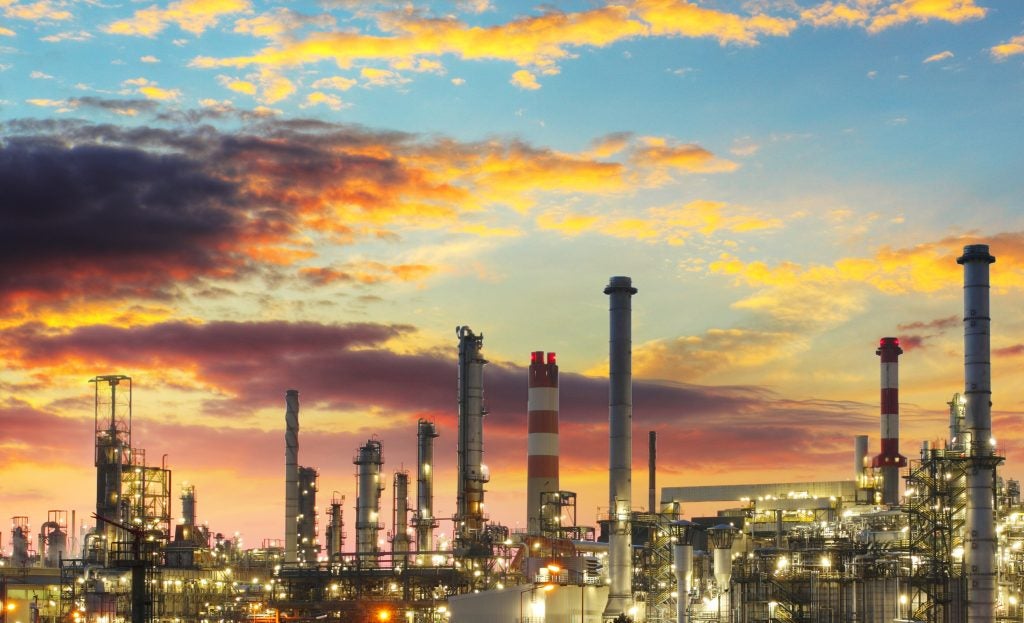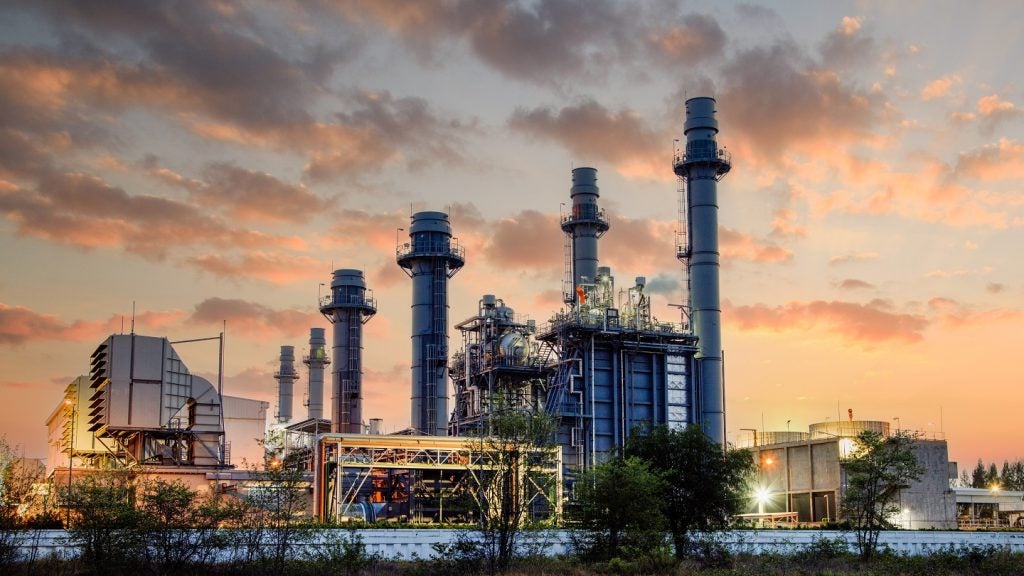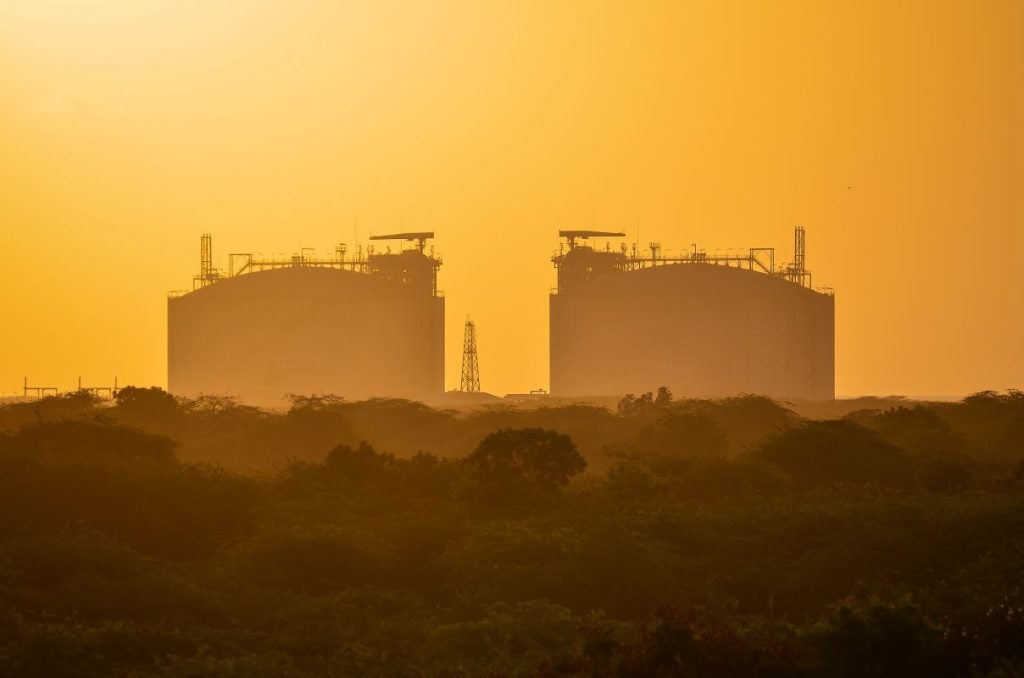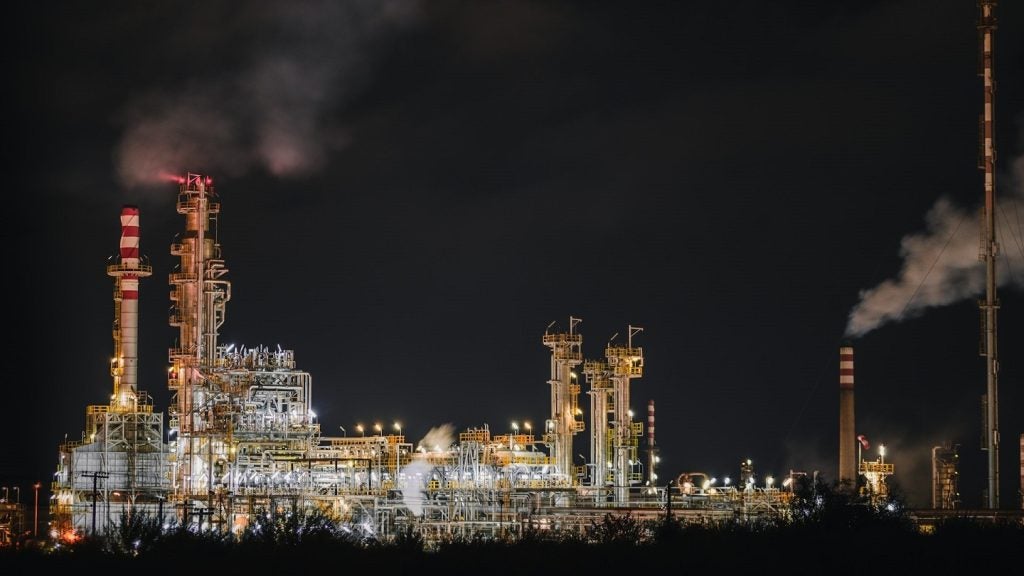A reportedly positive meeting between US President Donald Trump and North Korea’s Kim Jong Un has lifted oil prices and global markets on 12 June.
The meeting at a summit in Singapore resulted in the leaders signing an agreement to work toward complete denuclearisation of the Korean peninsula.
In exchange, the US agreed to provide security guarantees for North Korea, showing signs of ending a nuclear row on the Korean peninsula.
Brent crude futures, the global benchmark for prices, jumped by 26 cents, or 0.3%, to reach $76.72 per barrel, while US West Texas Intermediate (WTI) crude futures increased by 32 cents, or 0.5%, to trade at $66.42, Reuters reported.
Other factors causing oil prices to rise include ‘healthy’ demand and ongoing output cuts by the Organization of the Petroleum Exporting Countries (OPEC).
However, not all indicators point to a rise in oil prices as production from Russia, Saudi Arabia and the US is on the rise.
How well do you really know your competitors?
Access the most comprehensive Company Profiles on the market, powered by GlobalData. Save hours of research. Gain competitive edge.

Thank you!
Your download email will arrive shortly
Not ready to buy yet? Download a free sample
We are confident about the unique quality of our Company Profiles. However, we want you to make the most beneficial decision for your business, so we offer a free sample that you can download by submitting the below form
By GlobalDataThere are reports that Russian output has soared to 11.1 million barrels per day in early June from below 11 million barrels per day last month.
Meanwhile, the US production has climbed to a record of 10.8 million barrels per day.
Futures brokerage Oanda trading head Stephen Innes was quoted by the news agency as saying: “The deluge of US crude production continues to hold the top-side in check.”
Saudi Arabia has raised oil output to more than ten million barrels per day last month, up from 9.9 million barrels per day in the previous month.
Futures brokerage AxiTrader chief market strategist Greg McKenna said: “This fits with the theory that the Saudis and Russians are subtly moving toward a change to the agreement at this month’s meeting.”







